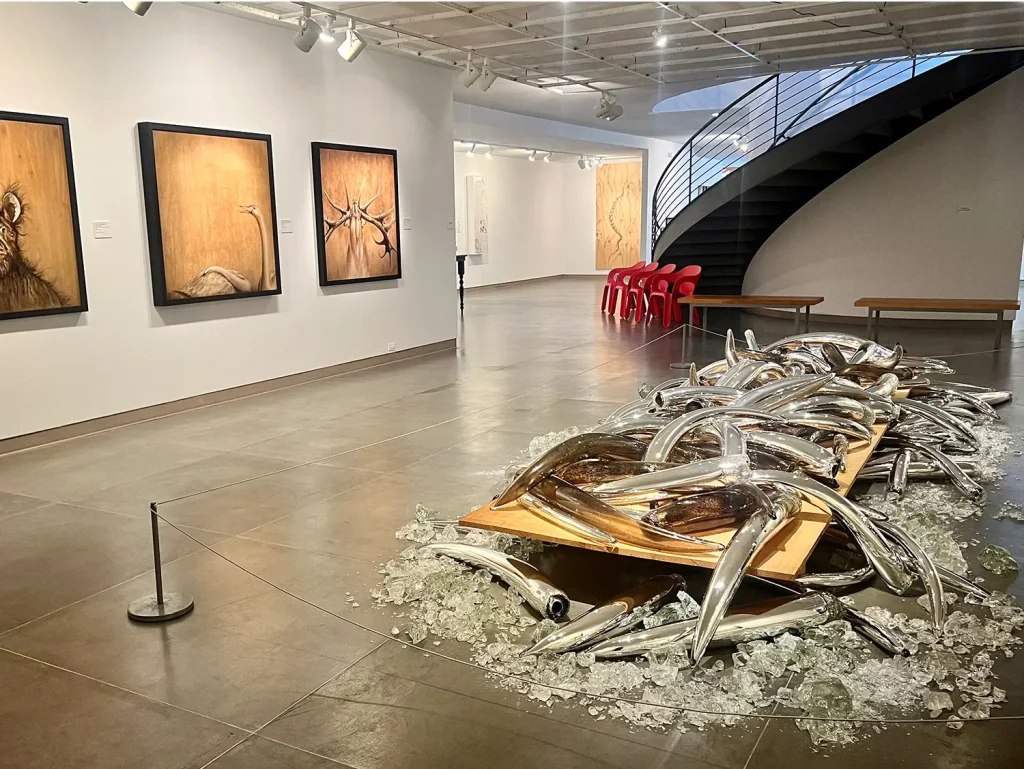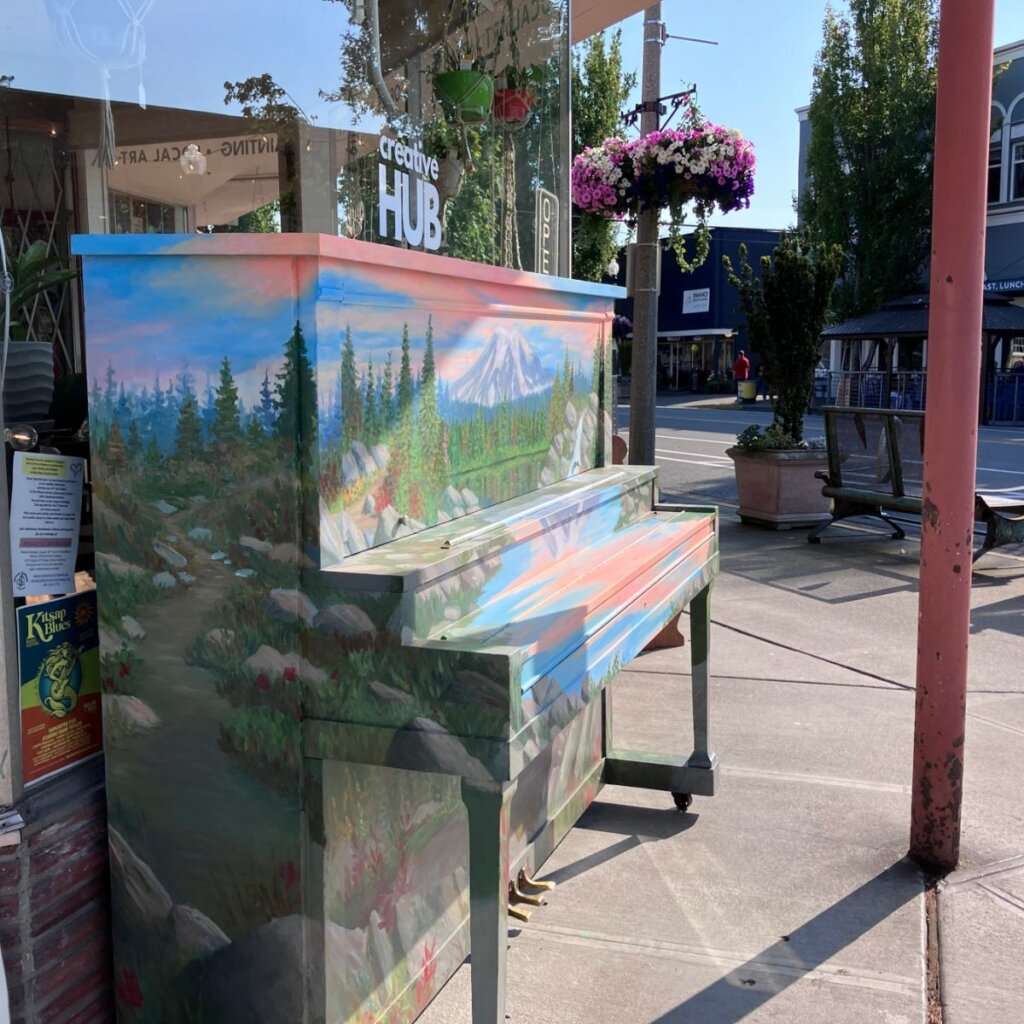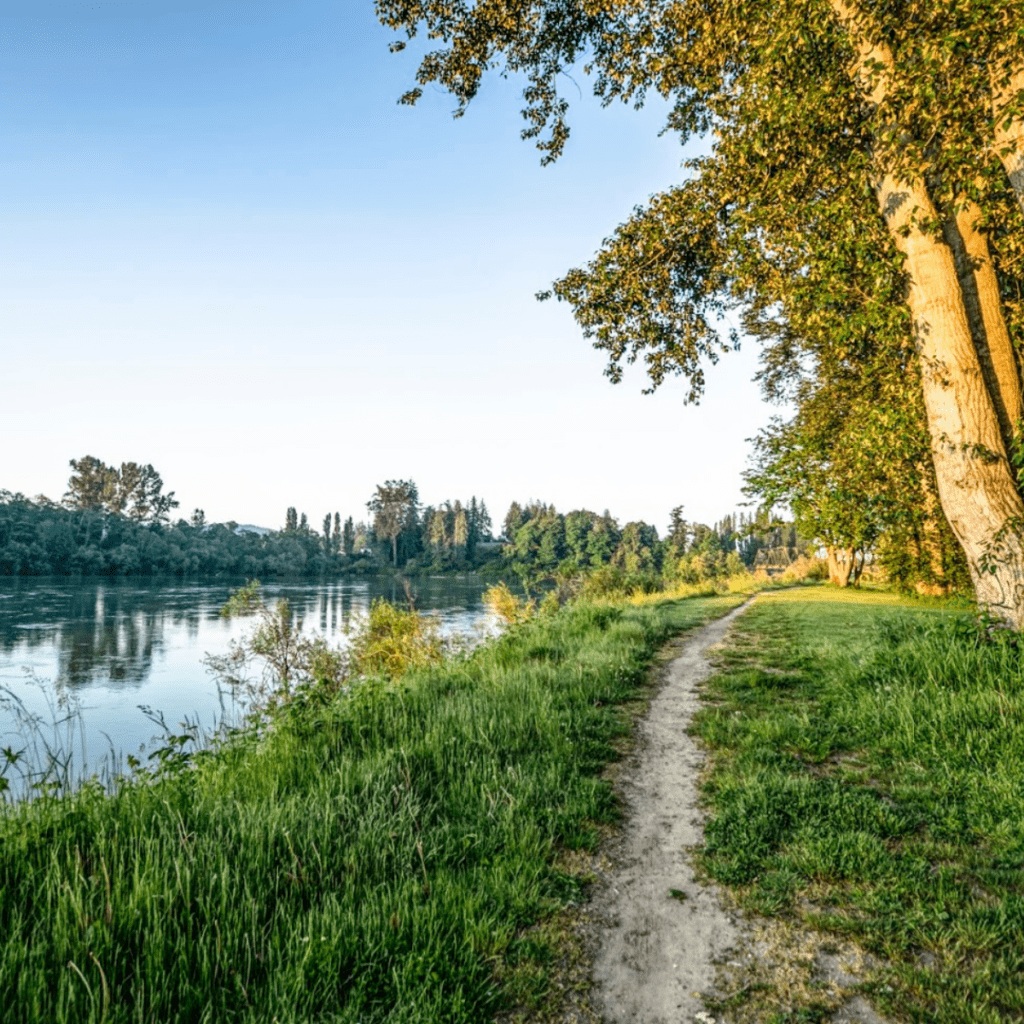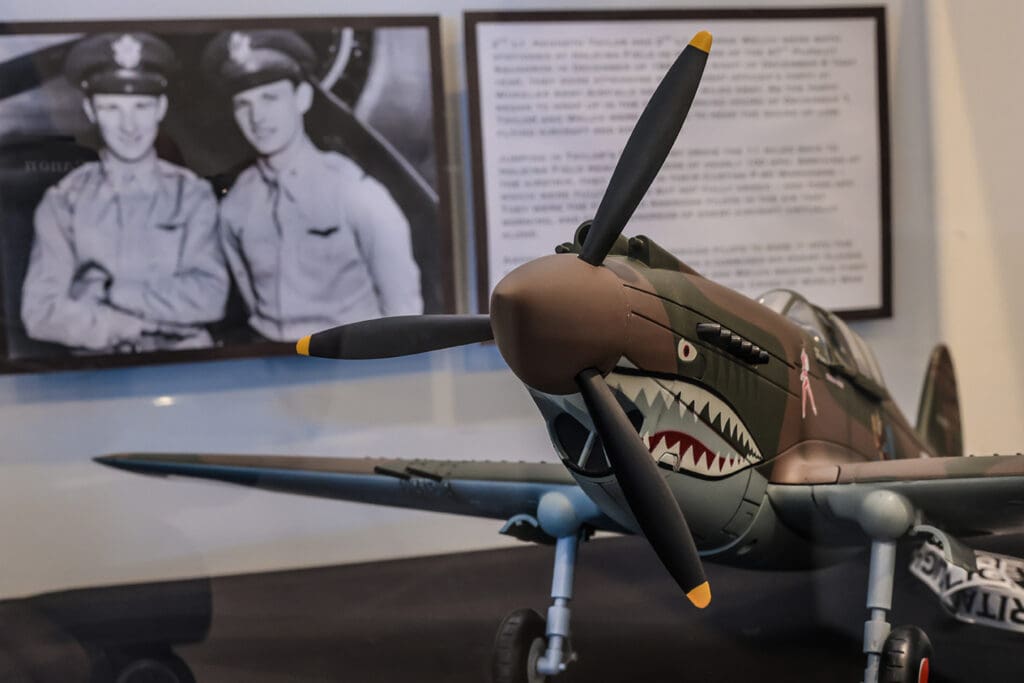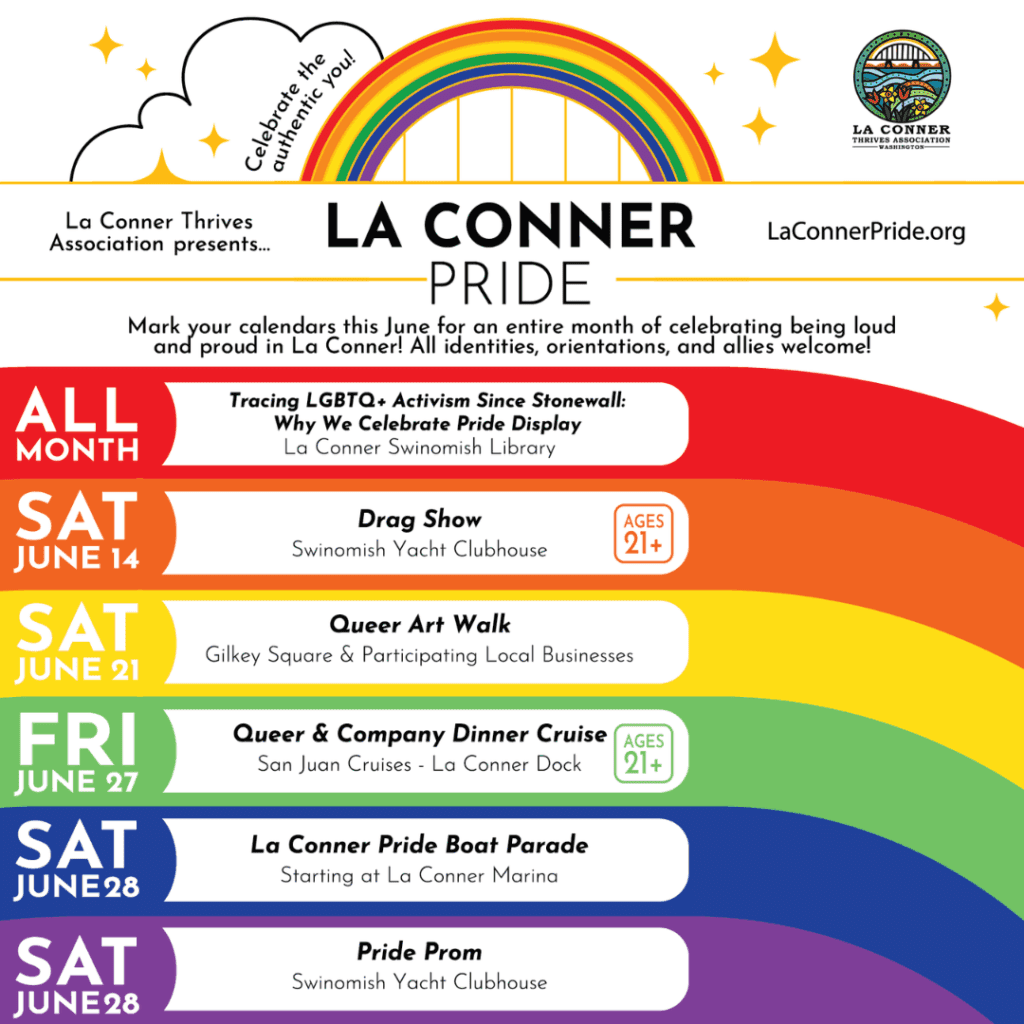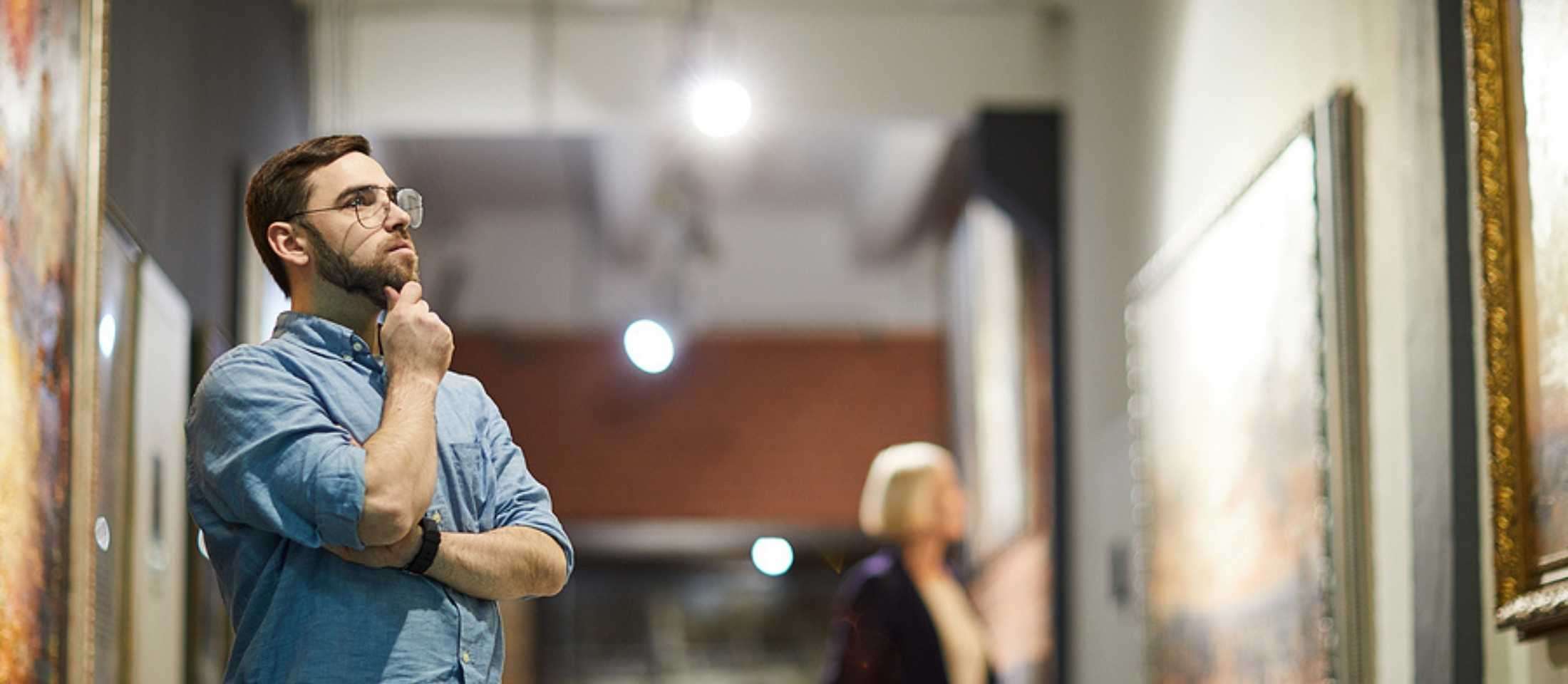
Discover Local History
at a Skagit County Museum
Explore and experience Skagit Valley’s rich cultural heritage at one of our many fascinating history, art, and children’s museums. Skagit Valley museums collect, preserve, exhibit, and interpret our history to nurture an awareness and appreciation of the Valley’s agricultural heritage and Native American roots. When visiting a Skagit County museum, you’ll discover engaging exhibits that showcase our history, art, and culture. For many travelers, exploring a Skagit County museum was a highlight of their trip, combining entertainment with cultural discovery.
La Conner Thrives Association
Pacific Northwest Quilt & Fiber Arts Museum
Skagit County Historical Museum
La Conner Thrives Association
Pacific Northwest Quilt & Fiber Arts Museum
Skagit County Historical Museum
Explore and Discover the Magic Skagit
Attractions and Activities for Every Interest
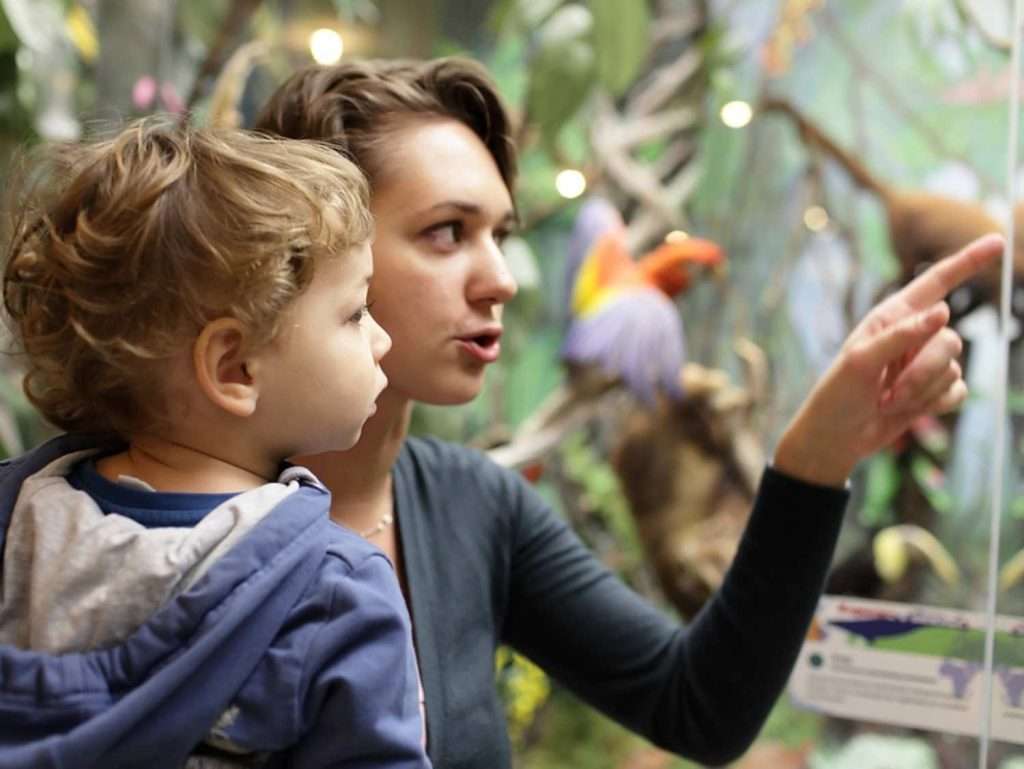
Skagit County History Museums
Go on a journey to the past, where you can see what it was like living in the Skagit Valley as far back as the 1800s. Learn about the stories of the famous settlers who developed Skagit County through engaging exhibits, artifacts, and interactive displays. We have a deep appreciation for our pioneer and native heritages, as they have shaped who we are today. Visit a Skagit County museum for an authentic and educational look at our history.
Art Museums
The best thing about art museums is that your interpretation of these masterpieces can differ from day to day. Art museums provide a space to explore diverse artistic expressions from artists in the Skagit Valley and around the world. Whether you’re an art enthusiast or a casual observer, art museums in Skagit County provide a relaxing experience to spark your creativity. On your next visit, experience the power of art while learning about our culture and history at a Skagit County museum.
